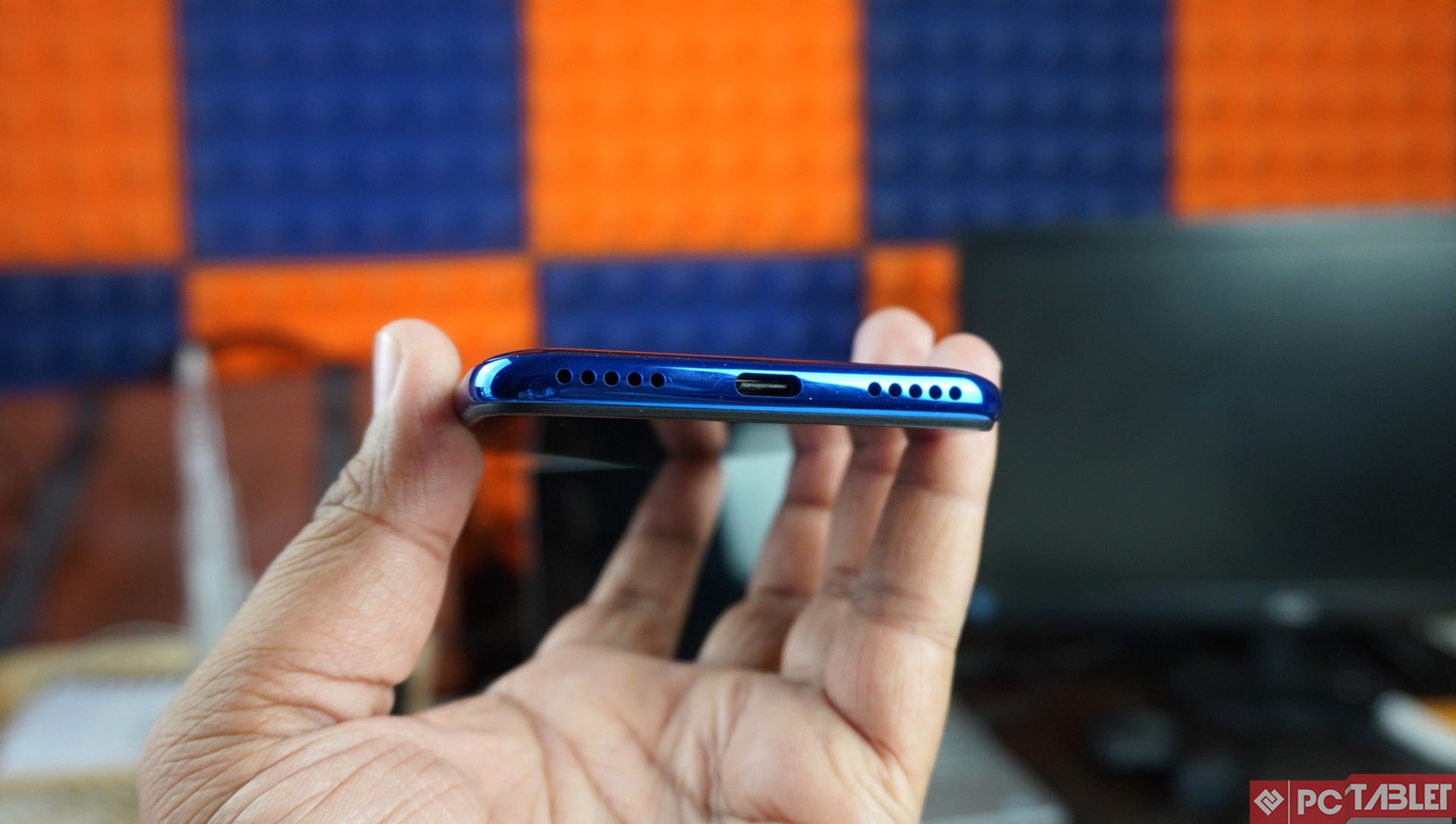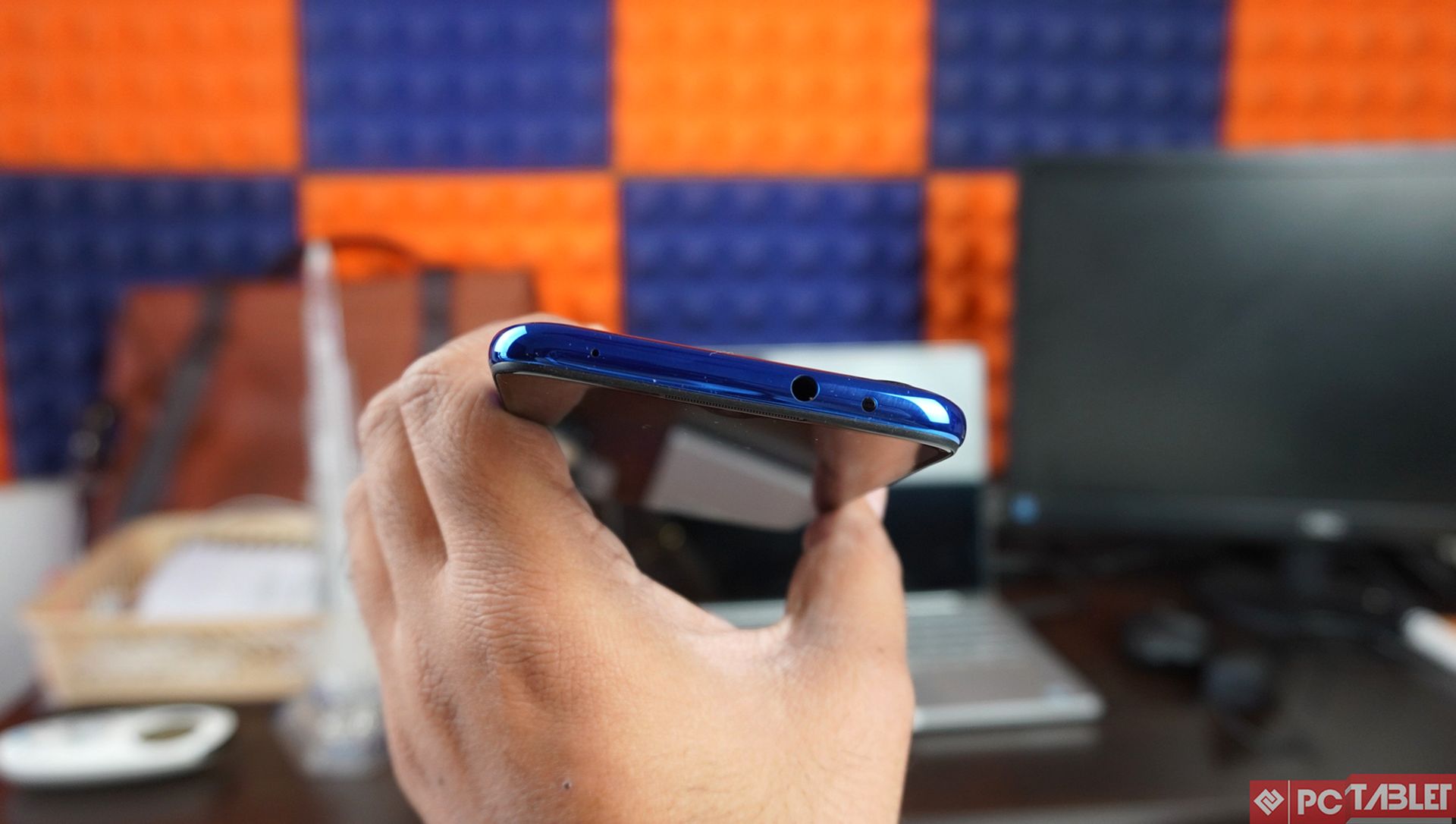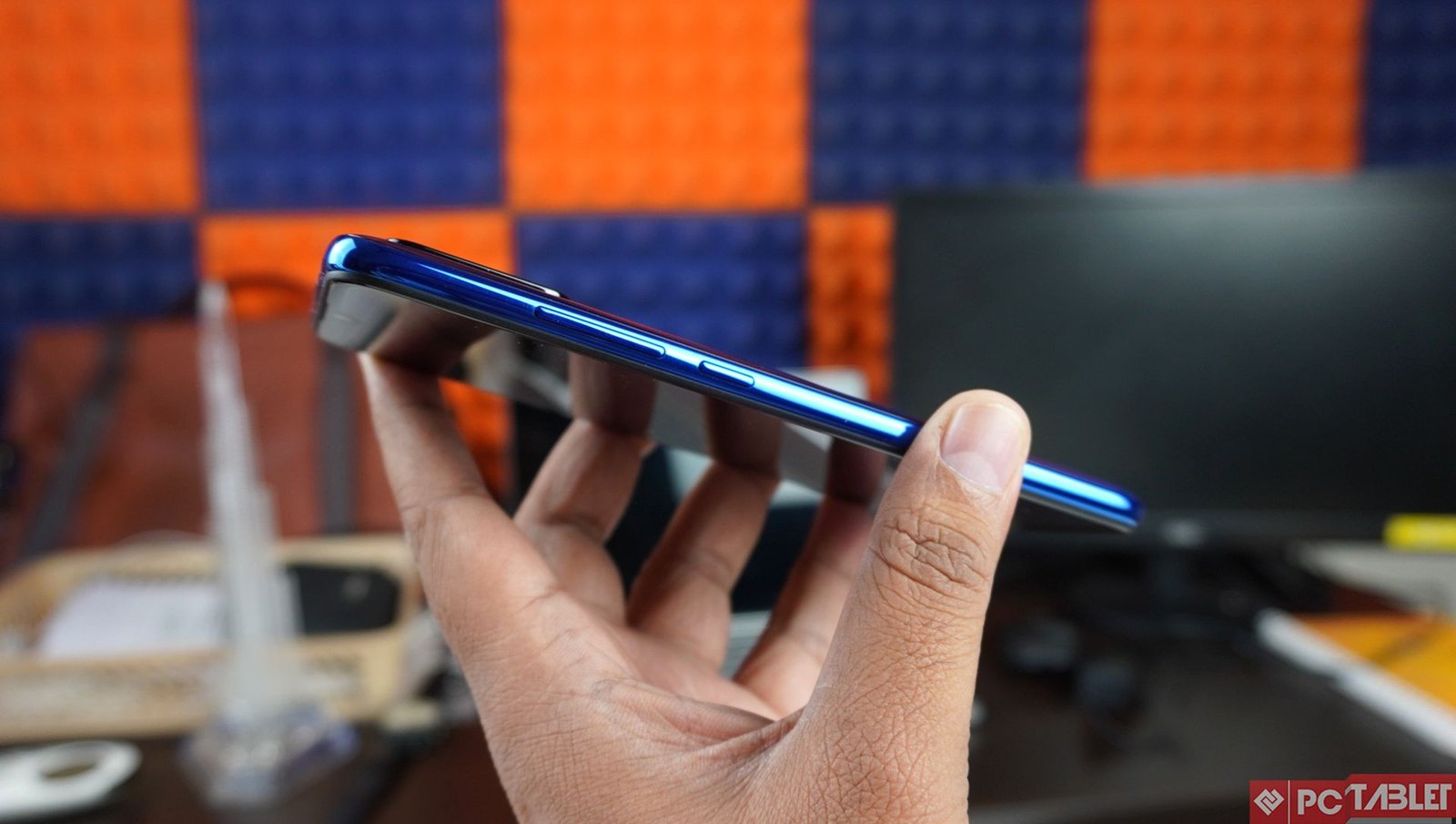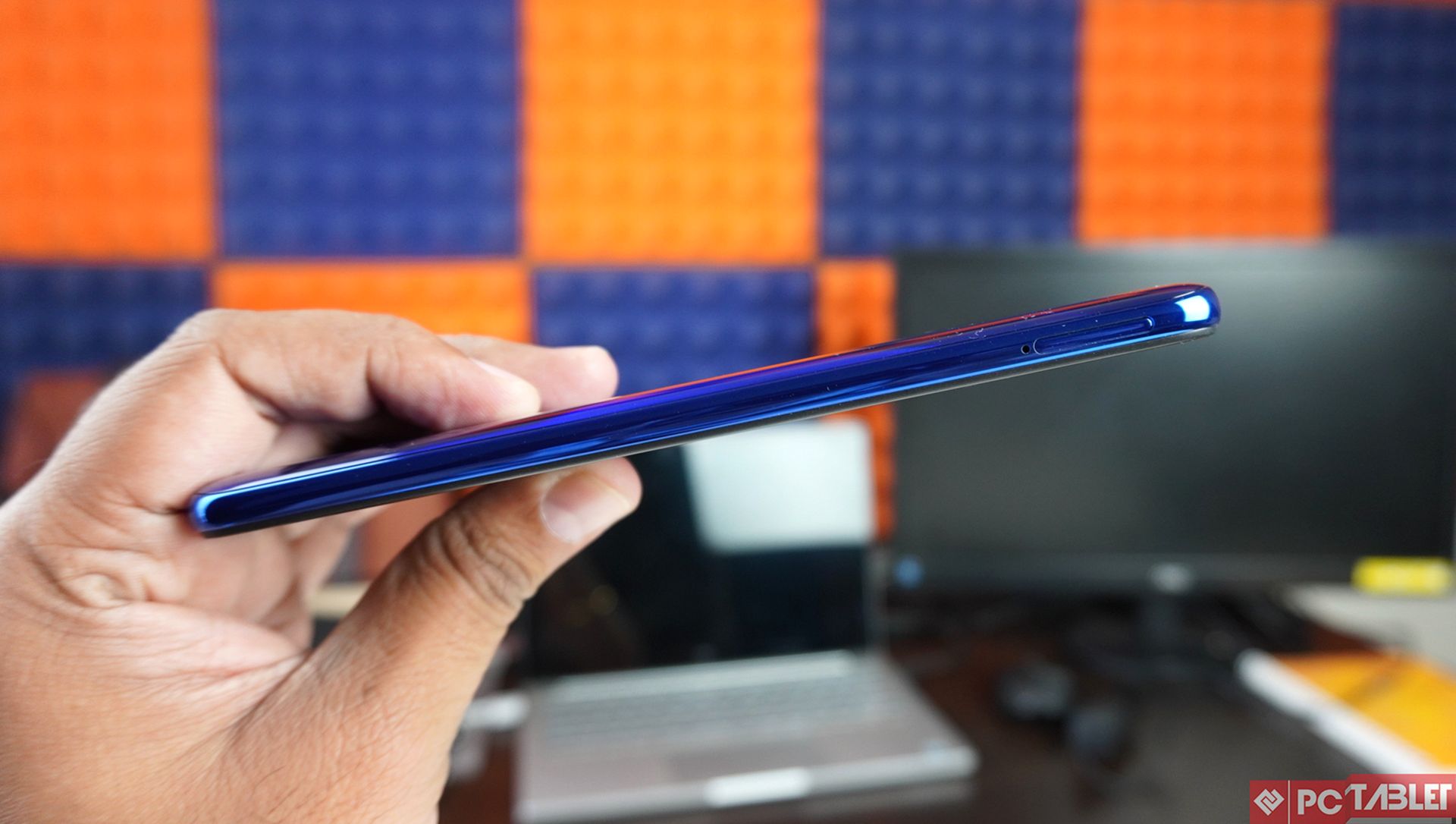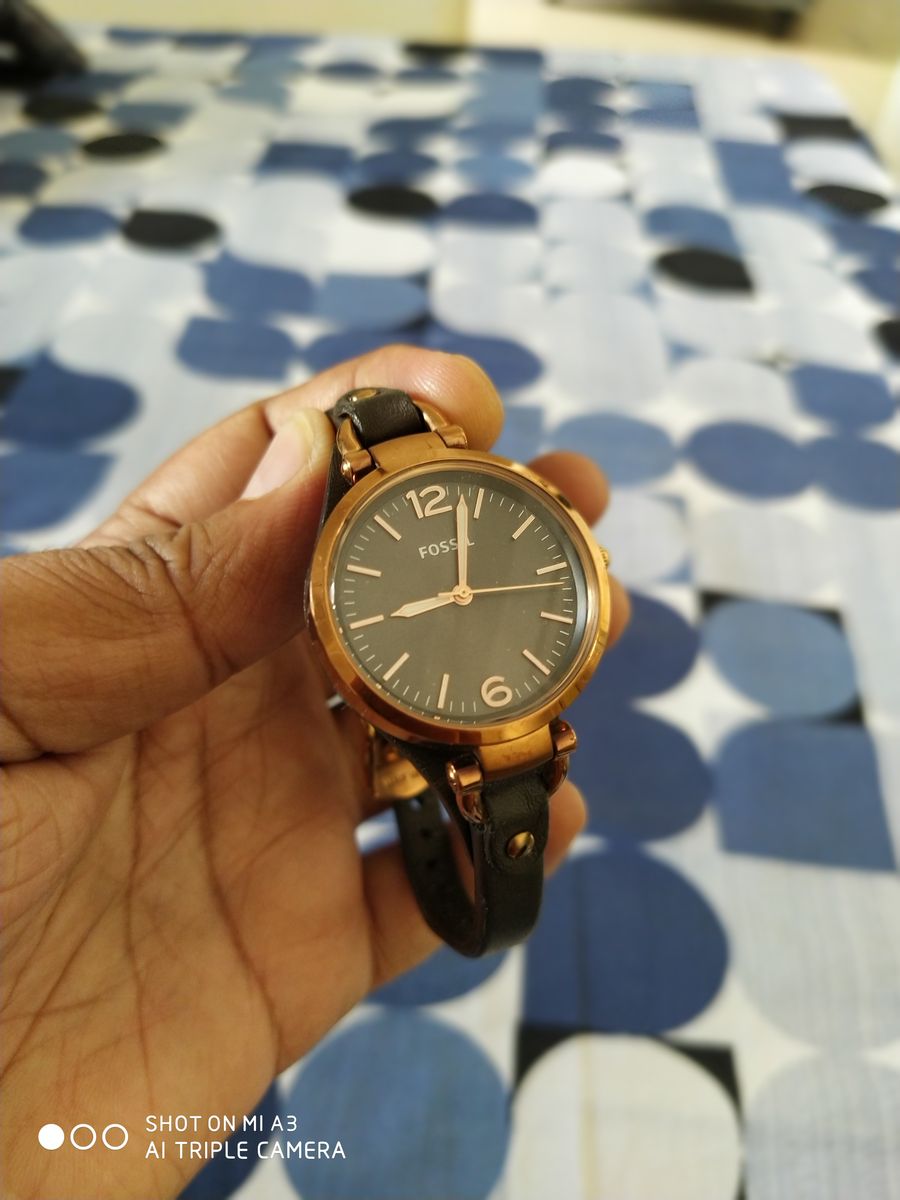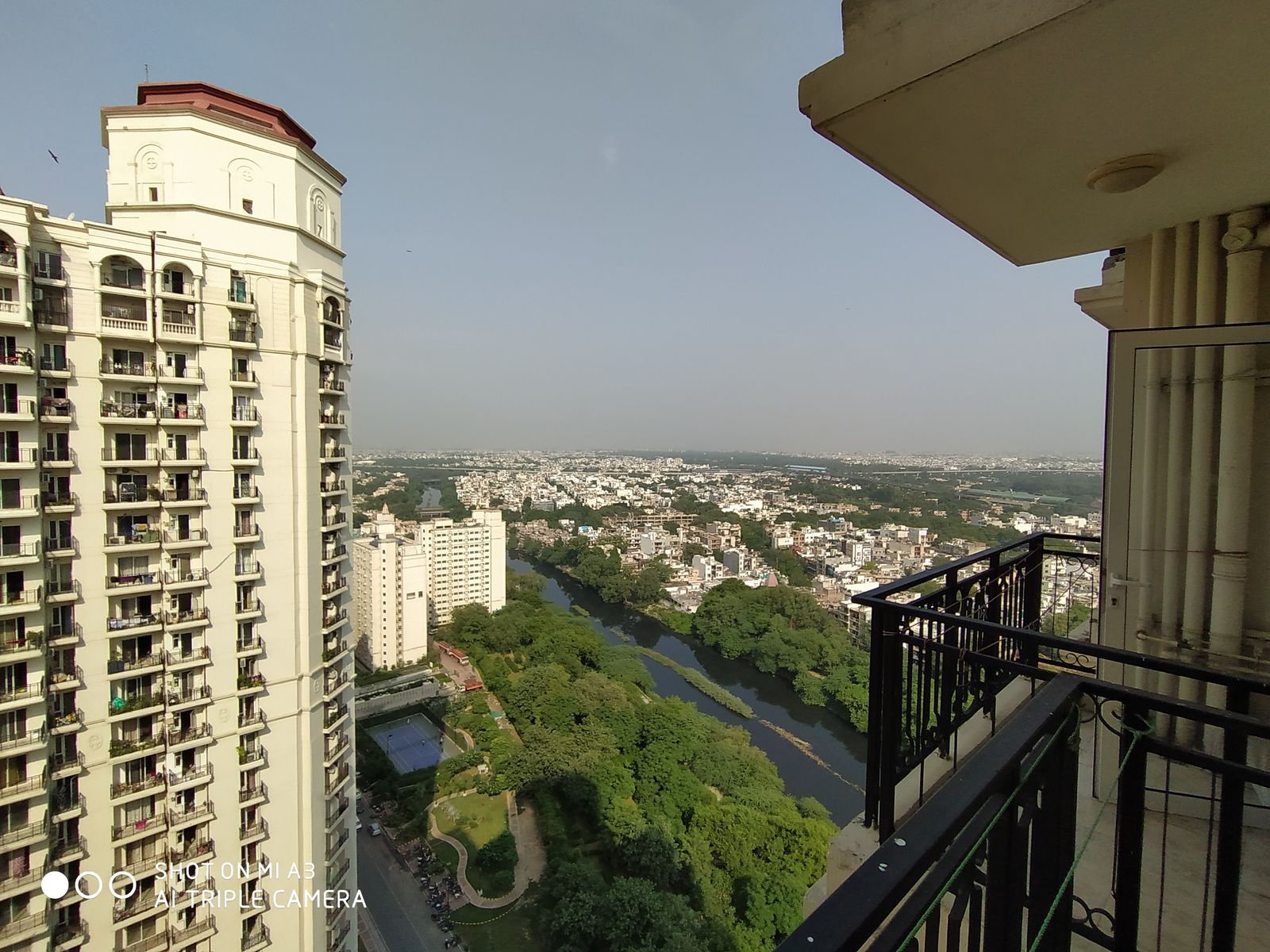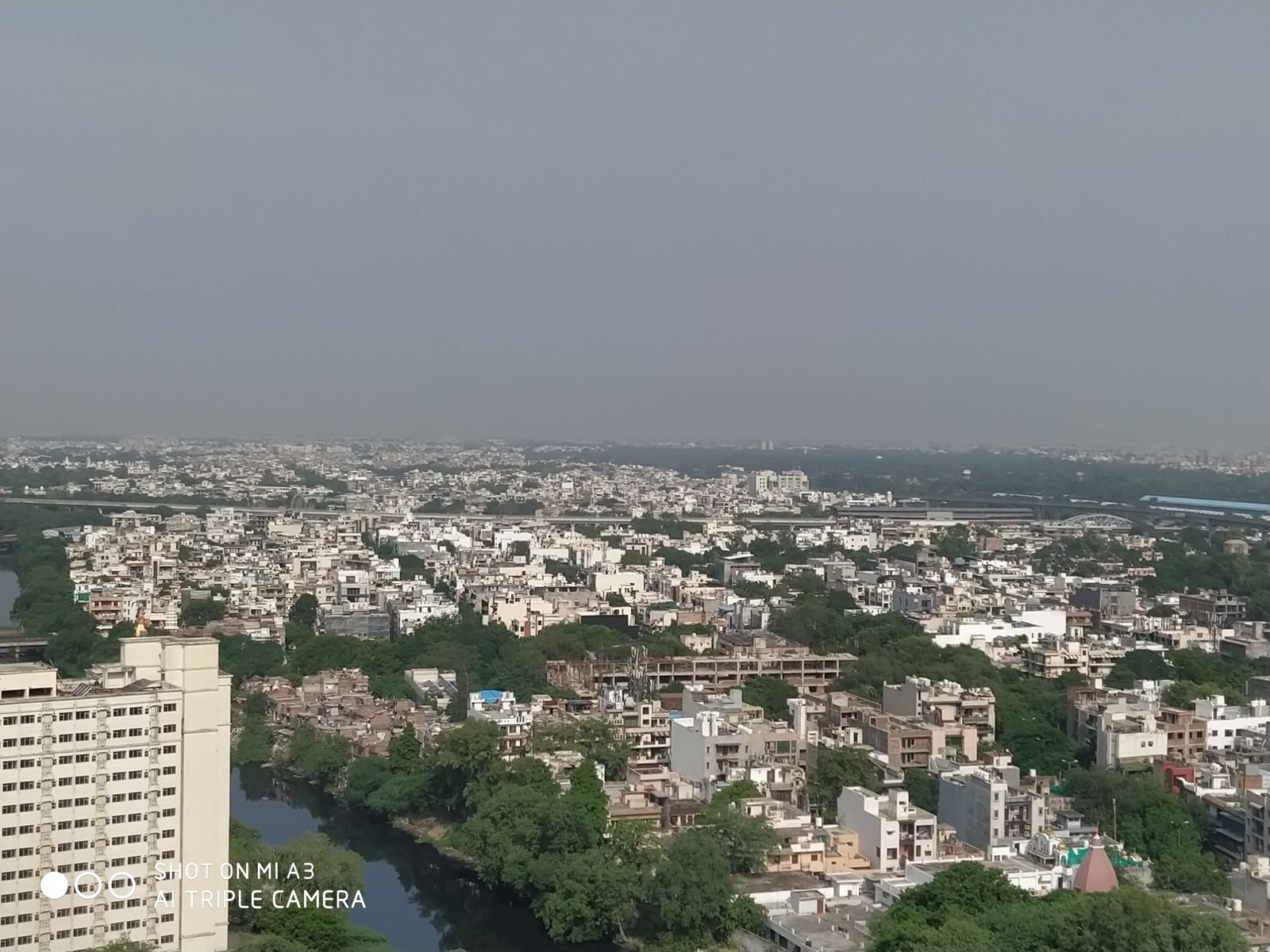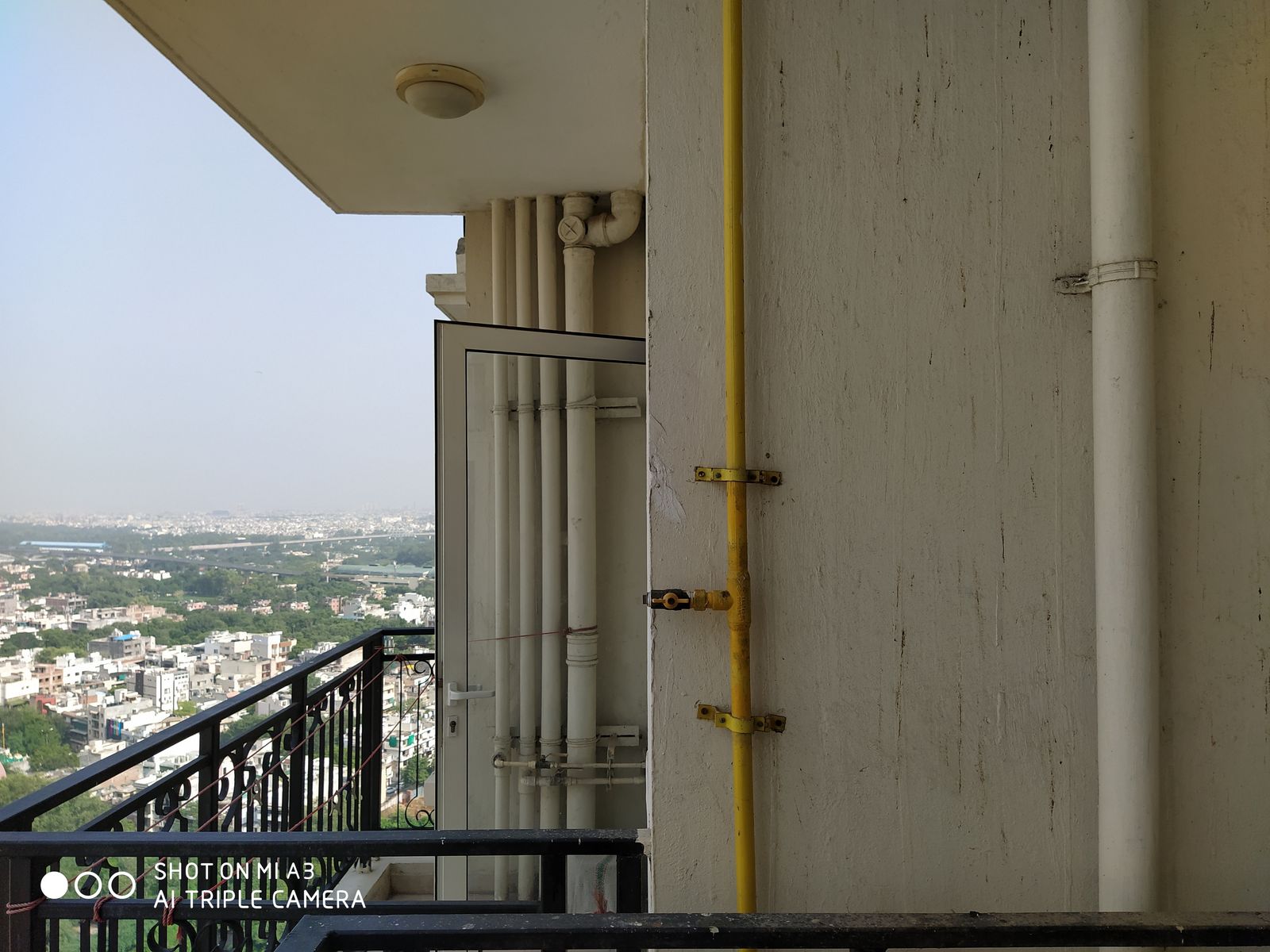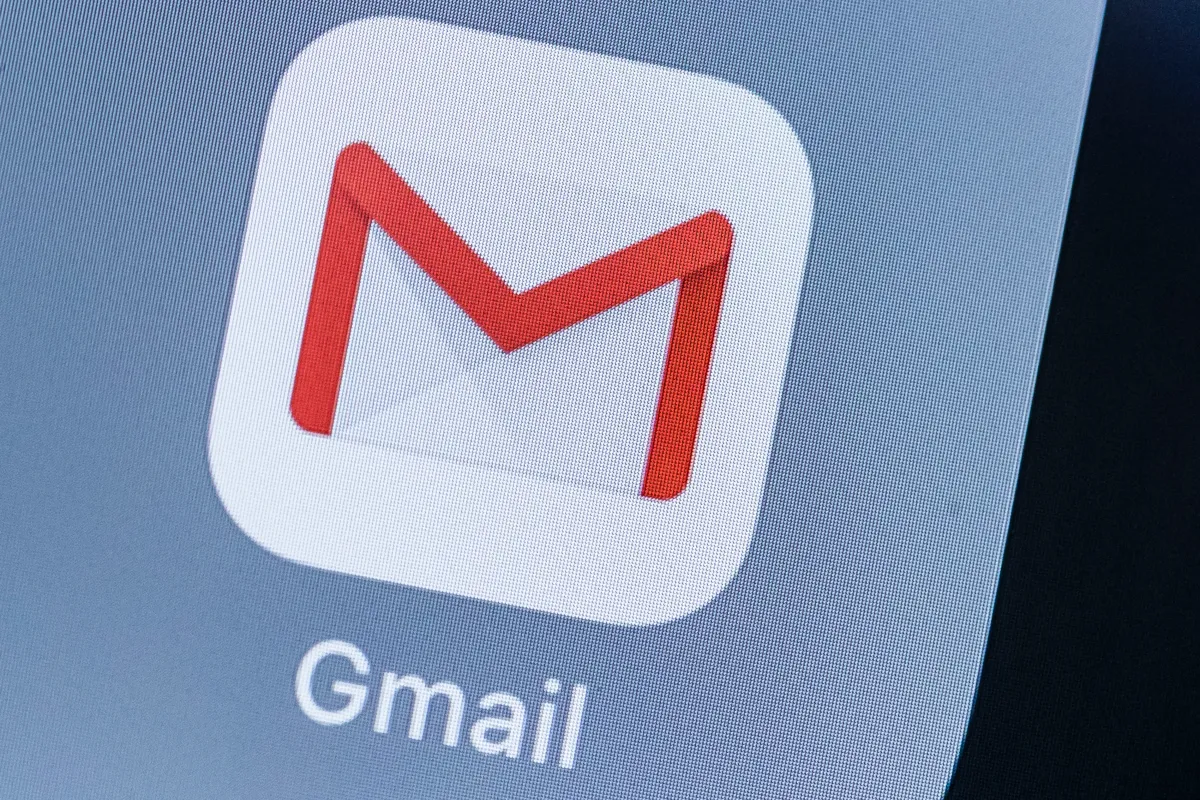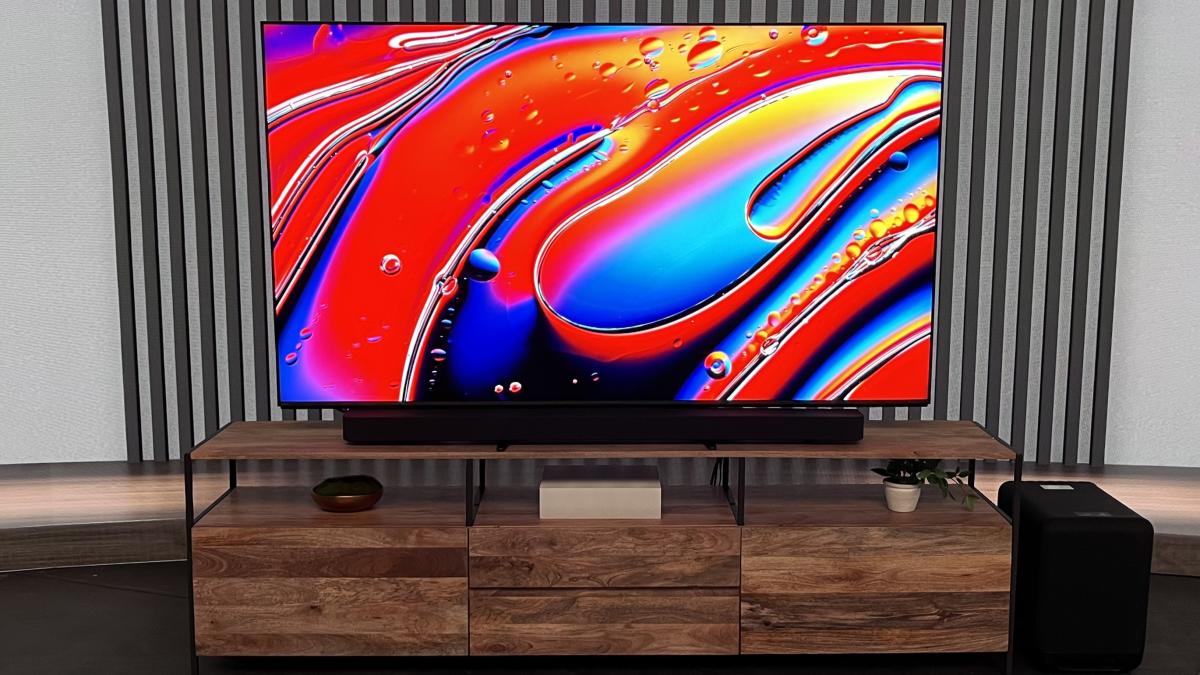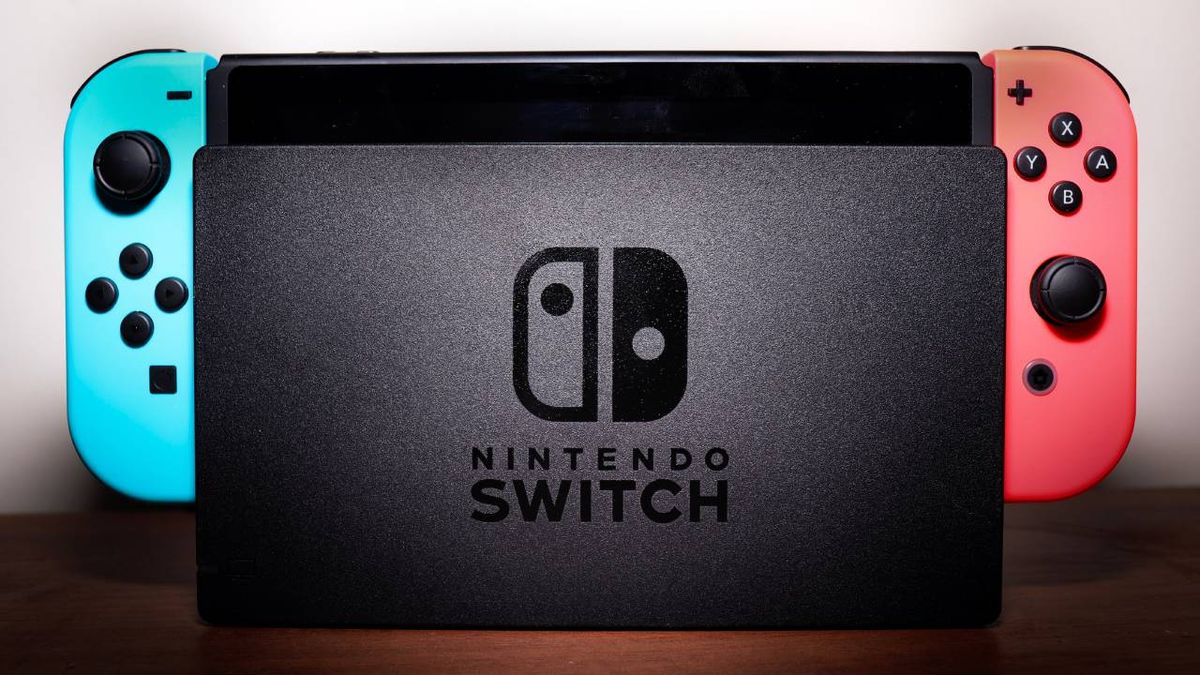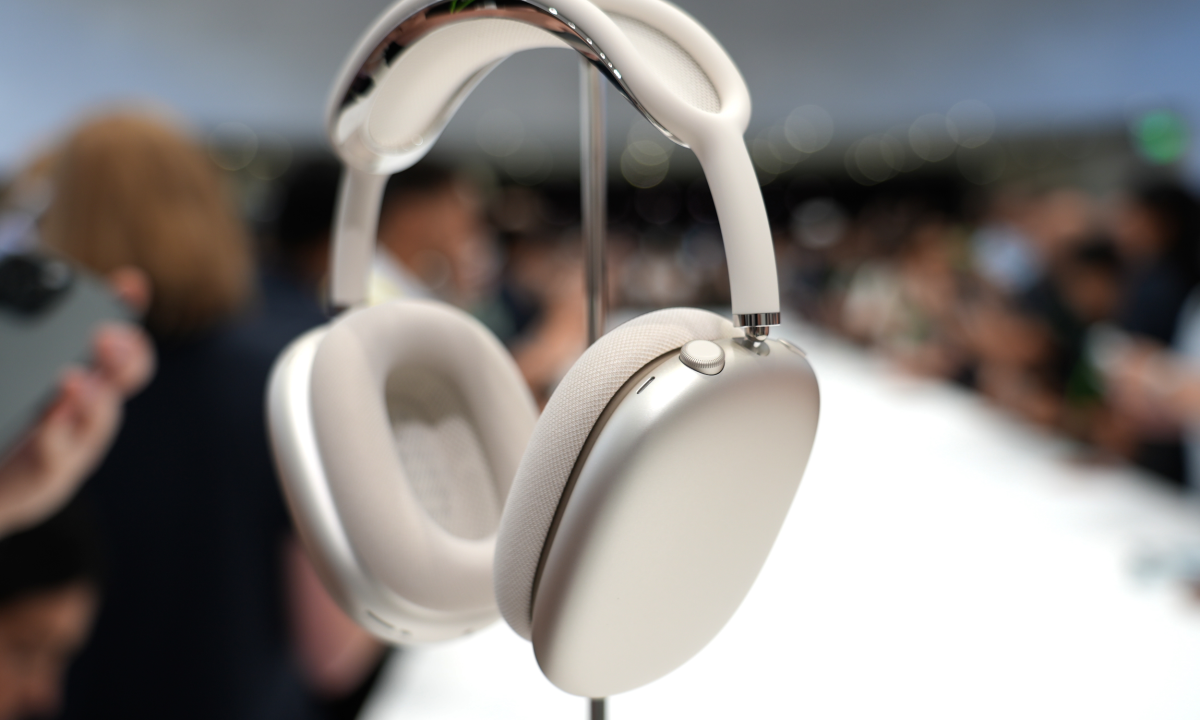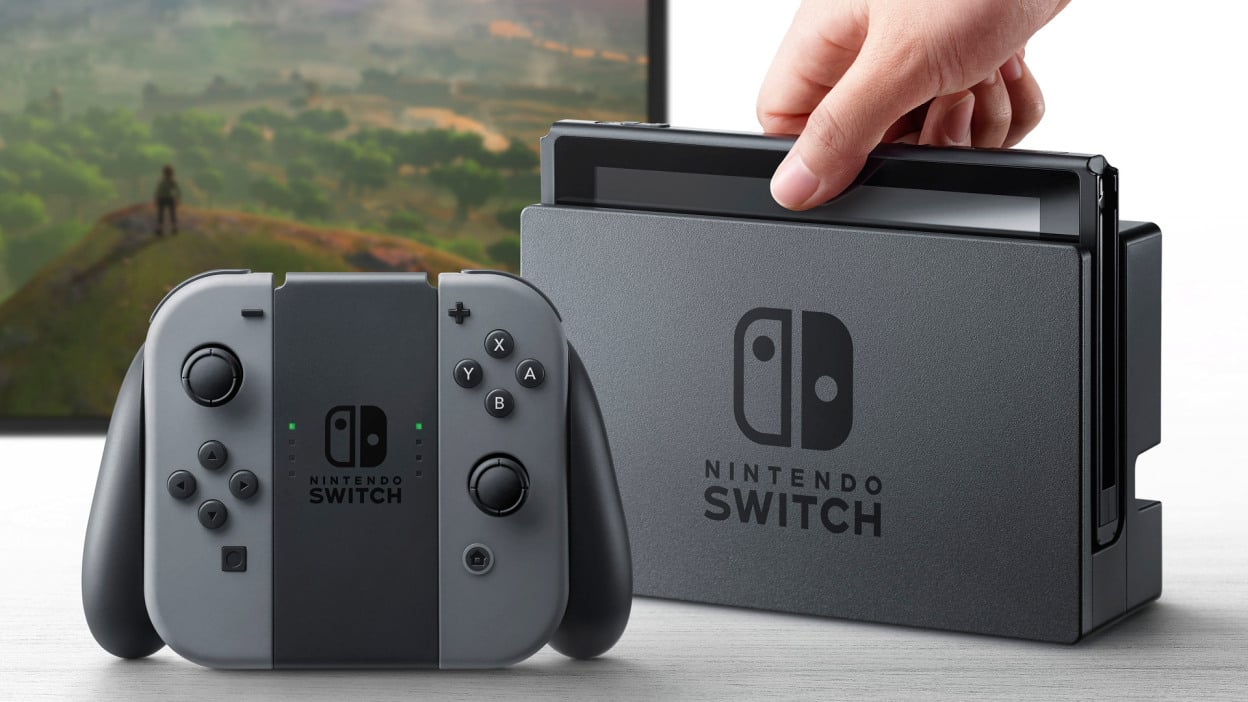Xiaomi has now finally unveiled the much-awaited Xiaomi Mi A3 smartphone in India. And the biggest USP of this phone, as usual, is the Android One platform. Yet, the phone manages to impress even in other aspects, thanks to the latest chipset, super AMOLED display, large battery, fast charging and more.
Having said that, is Mi A3 a worthy successor to the Mi A2? And is it really a good buy considering that Realme is now here with its Realme 5 Pro? Well, let’s check out the same in our in-depth Xiaomi Mi A3 review.
Mi A3 Specifications
Before starting with the Mi A3 review, let’s have a glance at the phone’s specifications, pricing and things we get with the device.
- Display: 6.01-inch Super AMOLED display, HD+ (720 x 1560 pixels resolution), 19:5:9 ratio, 286 PPI density
- Screen Protection: Corning Gorilla Glass 5 (front & back)
- CPU: 11-nm based Qualcomm Snapdragon 665 processor- Octa-core (4×2.0 GHz Kryo 260 Gold & 4×1.8 GHz Kryo 260 Silver)
- GPU: Adreno 610
- RAM: 4GB/ 6GB
- Storage: 64GB/ 128GB
- Software: Android 9 Pie (Android One)
- Main Camera:48 MP (f/1.8, (wide), 1/2″, 0.8µm, PDAF) + 8 MP, (ultrawide), f/2.2, 1.12µm + 2 MP, f/2.4, depth sensor
- Selfie Camera: 32MP (f/2.0, 0.8µm)
- Connectivity: USB Type-C, dual-band Wi-Fi 802.11ac, Bluetooth v5.0, GPS/ A-GPS, 3.5mm headphone jack, FM Radio
- Cellular: Dual SIM
- Fingerprint Scanner: Yes, in-display Fingerprint scanner
- Battery: 4030 mAh, Li-ion Polymer, non-removable
- Charging: 18W fast charging
Price: Rs. 12,999 for 4/64GB | Rs. 14,999 for 6/128GB
Box Contents
A complete list of items you get inside the box:
- Mi A3
- 10W Charger
- micro-USB cable
- Transparent Silicone Case
- Sim Ejector Tool
- Documentation
Mi A3 Review
Design
The Xiaomi Mi A3, as evident, gets a massive design overhaul compared to its predecessor. The old-school metal chassis is gone, and now we have a beautiful glass back with an attractive and striking gradient design. Notably, the phone is available in three colour options, dubbed as “Not Just Blue,” “More Than White,” and “Kind of Gray”- if you can remember Pixel’s nomenclature.
Anyways, the ‘Not so Blue’ variant we have here gets quite flashy with gradient panel and shining auroras on reflection of light. The White model, on the other hand, gets a subtle white finish with rainbow gradients popping on reflection- something we would call as a substantially ‘muted’ version of Aura Glow finish on the Galaxy Note 10. Out of the three, white is indeed what suited the most to our eyes. By the way, if you prefer a minimal colour profile, we’d suggest opting for the ‘Kind of grey’ variant.
The Mi A3 measures 153.4 mm x 71.85 mm x 8.4 mm and weighs 173.8 grams. While glass back significantly adds to the weight, Xiaomi has opted for a polycarbonate frame to keep the ergonomics in control. On a lighter note, the phone does have a camera bump, but then again it’s protected by Gorilla Glass 5 so shouldn’t be a problem for the most part.
Flip the device, and you’ll notice something familiar. Yep, the water-drop notch, followed by thin bezels on sides. By the way, the phone does have slightly pronounced top and bottom bezels- akin to previous devices like Redmi Note 7 and Note 7 Pro. Overall, we loved the narrow form factor and rounded edges, which make it feasible to use the device comfortably, without stretching much.
Buttons & Port Placements
As for the buttons and placements, both the power button and volume rockers are given to the right and are within the comfortable reach of fingers. The hybrid dual-Sim tray is located on the left while you get to see the USB Type-C port, microphone and speaker grille at the bottom. At the top, it has a 3.5mm headphone jack, secondary microphone, and an IR blaster that can be used to control IR-based appliances.
Display
The display is indeed a controversial part for the Xiaomi Mi A3. Instead of going for a typical IPS LCD panel that you’ll usually find in this budget, Xiaomi has opted for a Super AMOLED display from Samsung. This, despite being amazing, is actually a downgrade over the Mi A1, as well as the Mi A2, if we take the resolution into account.
Notably, the 6.01″ panel on the Mi A3 has an HD+ resolution of mere 1560 x 720 pixels. Now, the screen size isn’t small by any means and a pixel peeper like me will quickly notice the lack of pixels. As for the other aspects, the display looks vibrant, has right viewing angles, and the sunlight legibility too is excellent.
However, we’d have loved to see a Full-HD+ panel for more crispier visuals. Well, don’t get us wrong, the display is pretty amazing for enjoying media content. Also, many would still prefer an HD+ AMOLED panel over a Full-HD+ IPS LCD. So yeah, there’s not much we can complain of, but 720p at this price isn’t something we’d appreciate much.
Performance
Under the hood, the Mi A3 is powered by the all-new Qualcomm Snapdragon 665 SoC, as seen on the just-launched Realme 5. This 11-nm based chipset is apparently the successor to the Snapdragon 660, which was powering the Mi A2. Talking of RAM and storage, the phone is available in two standard variants, including 4/64GB and 6/128GB options. Note that Xiaomi is using faster UFS 2.1 storage instead of typical eMMC units.
In our usage, we found the phone to handle almost everything we threw at it without any issues. Multi-tasking too wasn’t an issue and apps loaded without any delay. Furthermore, you can play massive games like PUBG Mobile on medium settings without any problems of overheating or throttling.
While Snapdragon 665 is a very reliable and powerful processor, the Snapdragon 710 and 712 on Realme 3 Pro and Vivo Z1 Pro are ahead by a decent margin. And the same is visible in the AnTuTu benchmark scores, where the latter scores over 1,80,000 while the A3 settles with a little over 1,40,000 points.
Software
Software is indeed the main USP of this phone as it runs on pure vanilla Android 9 Pie under Google’s Android One programme. This also means that you’ll get timely version updates and regular security patches. However, note that it comes pre-loaded with Mi Store and Amazon app, which fortunately can be installed in the settings.
Overall, the UI feels smooth, snappy and responsive. And while the Mi A1 and A2 were haunted by bugs here and there, we didn’t find any issues with the A3 until now, and the software seems to be optimised very well.
Cameras
As noted, the Xiaomi Mi A3 sports a total of three cameras at the rear. This includes a 48MP Sony IM586 primary sensor with 1.6um pixels and f/1.8 aperture. Whereas, others comprise of an 8MP ultra-wide angle shooter with a 118-degree field-of-view and a 2MP depth sensor.
The camera app here is very similar to the one on other Xiaomi devices and has multiple shooting modes including Portrait, Night, Panorama, and Pro, followed by quick toggles for HDR, AI, and filters. Just like most other phones with IMX586, Mi A3 lets you shoot images in full 48MP resolution while the native pictures are binned into 12MP for better clarity and light.
In daylight, the camera takes well-lit and detailed pictures with the right colours and a decent dynamic range. The auto-HDR mode goes a bit too far resulting in a slight artificial tint in the images. Portrait shots exhibit good separation between the subject and the background and offer a good amount of detail as well.
Shooting Macros, however, is a big headache as the phone keeps on hunting for the focus point. In low-light too, the camera takes its own time to focus. Although, a little patience will get you usable shots with good detail and limited noise levels. But that also means that a little shake will result in blurry pictures.
The wide-angle camera, as expected, doesn’t offer the same level of detail as the primary camera. But then again, images are decent enough for sharing on social media. Coming to the selfies, the 32MP shooter performs very well when it comes to sharpness, detailing and balancing the exposure. In fact, it even performs great in dimly lit situations. Just like the rear camera, there’s a portrait mode which works very well, and you can also change the level of blur required.
As far as the videography is concerned, the phone is capable of shooting 4K videos with the rear, and 1080p footages with the front camera. While there’s no OIS, EIS helps in stabilising 1080p clips. Note that it doesn’t work in 4K mode, resulting in shaky videos.
Battery & More
The built-in 4,030mAh battery on Mi A3 easily lasts for a full working day. And if you’re a light user, you can even stretch it further to the next day. What’s more interesting? Well, it also offers support for 18W fast charging. Unfortunately, the fast charger isn’t included in the box and needs to be purchased separately, which is a bummer considering that brands like Realme are already bundling quick chargers with similarly priced phones. As for the charging times, the phone took around two and a half hours to go from 0 to 100% using the given 10W charger.
The given in-display fingerprint scanner is located well in reach and works reliably well. The single speaker carried at the bottom is decent in terms of loudness, clarity and produces fairly rich and deep sound.
Pros
- Premium design
- Android One is a bliss to have
- Decent Cameras
- Large Battery, Fast Charging
- 3.5mm jack is back
Cons
- Low-res display
- Hybrid Sim-slot
- Fast Charger not included in the box
Mi A3 Review Verdict- Should you buy it?
Indeed, the Xiaomi Mi A3 turns out to be a jack of all trades with smooth performance, promising cameras, great battery life, and beautiful gradient design. While the HD+ panel at this price is hard to digest, but it compensates for the same by using SuperAMOLED tech. In fact, even the 3.5mm jack is back for the time being. All-inclusive, if you’re not much into pixel-peeping or hardcore gaming, Mi A3 can be a great choice considering the fact that it brings in Pixel’s-software experience at a budget.


